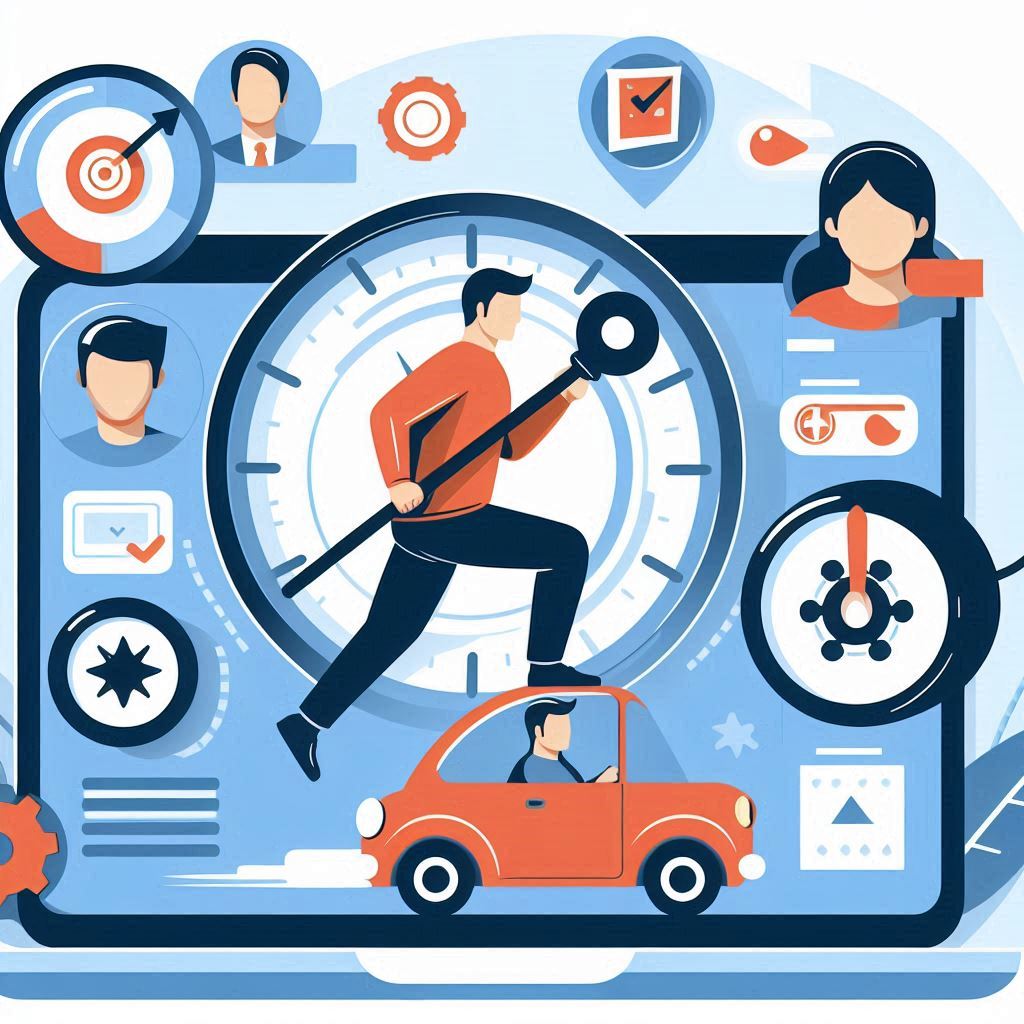How to Create an Effective Customer Service Strategy for Software
In the competitive landscape of software development, providing exceptional customer service is crucial for retaining users and fostering loyalty. An effective customer service strategy not only addresses user inquiries and concerns but also enhances the overall user experience. Here’s a step-by-step guide to creating a customer service strategy tailored for software products.
1. Understand Your Customers
Identify Customer Needs
Begin by understanding your customers’ needs, preferences, and pain points. Conduct surveys, interviews, or focus groups to gather insights into what users expect from your software and how they interact with it.
Create User Personas
Develop detailed user personas based on your target audience. These personas should include demographic information, user behaviors, and common challenges. This understanding will help tailor your customer service approach to meet specific user needs.
2. Define Customer Service Goals
Set Clear Objectives
Establish clear and measurable objectives for your customer service strategy. Goals may include reducing response times, increasing customer satisfaction scores, or improving the resolution rate for support tickets.
Align with Business Goals
Ensure that your customer service goals align with broader business objectives. For instance, if your company aims to increase customer retention, your customer service strategy should focus on building long-term relationships with users.
3. Choose Support Channels
Identify Preferred Channels
Determine the most effective support channels for your customers. Options may include email, live chat, phone support, social media, and community forums. Analyze customer preferences to decide which channels to prioritize.
Integrate Omnichannel Support
Provide a seamless experience across different support channels. Users should be able to switch between channels without losing context. Implementing a customer relationship management (CRM) system can help streamline this process.
4. Build a Knowledge Base
Create Comprehensive Resources
Develop a knowledge base that includes FAQs, troubleshooting guides, and how-to articles. This self-service option allows users to find answers quickly without contacting support, improving their experience.
Regularly Update Content
Ensure that the knowledge base is regularly updated to reflect the latest features and common user issues. Encourage feedback from users to improve the content and address any gaps.
5. Train Your Support Team
Provide Ongoing Training
Invest in training programs for your customer service team. Ensure that they are knowledgeable about the software, company policies, and effective communication techniques. Ongoing training helps them stay current with product updates and customer service best practices.
Encourage Empathy and Communication Skills
Foster a culture of empathy within your support team. Encourage team members to actively listen to customers, understand their concerns, and respond in a supportive manner. Strong communication skills are vital for resolving issues effectively.
6. Implement a Ticketing System
Track Customer Inquiries
Use a ticketing system to track customer inquiries, issues, and resolutions. This system helps prioritize requests, manage workloads, and ensure that no customer is overlooked.
Analyze Support Metrics
Regularly analyze support metrics, such as response times, resolution rates, and customer satisfaction scores. Use this data to identify trends, areas for improvement, and the effectiveness of your customer service strategy.
7. Solicit Customer Feedback
Gather User Insights
Actively seek feedback from customers about their support experience. Use surveys, feedback forms, or follow-up emails to gather insights on what worked well and what could be improved.
Act on Feedback
Demonstrate that you value customer feedback by implementing changes based on their suggestions. Communicating these changes helps build trust and shows that you are committed to improving their experience.
8. Leverage Technology
Utilize AI and Automation
Consider implementing AI-driven chatbots or automated responses for common inquiries. These technologies can provide instant assistance, reduce response times, and free up human agents for more complex issues.
Implement Analytics Tools
Use analytics tools to monitor user interactions, track support performance, and identify trends. These insights can inform decisions about service improvements and resource allocation.
9. Measure Success
Define Key Performance Indicators (KPIs)
Establish KPIs to evaluate the effectiveness of your customer service strategy. Common KPIs include customer satisfaction scores (CSAT), net promoter score (NPS), average response time, and ticket resolution time.
Regularly Review Performance
Conduct regular reviews of customer service performance against your defined KPIs. Analyze the data to identify strengths, weaknesses, and opportunities for improvement.
10. Continuously Improve Your Strategy
Stay Adaptable
The software industry is constantly evolving, and customer needs may change over time. Be prepared to adapt your customer service strategy in response to new trends, feedback, and technological advancements.
Foster a Culture of Improvement
Encourage a culture of continuous improvement within your customer service team. Regularly discuss challenges, successes, and new ideas for enhancing the customer service experience.
Conclusion
Creating an effective customer service strategy for software requires a deep understanding of user needs, clear objectives, and the right tools and processes. By prioritizing customer feedback, investing in team training, and leveraging technology, organizations can build a customer service experience that enhances user satisfaction and loyalty.
Ultimately, an effective customer service strategy is not just about resolving issues; it’s about building lasting relationships with users and ensuring they feel valued and supported throughout their journey with your software. This commitment to exceptional customer service can lead to increased retention, positive word-of-mouth, and a competitive edge in the market.












